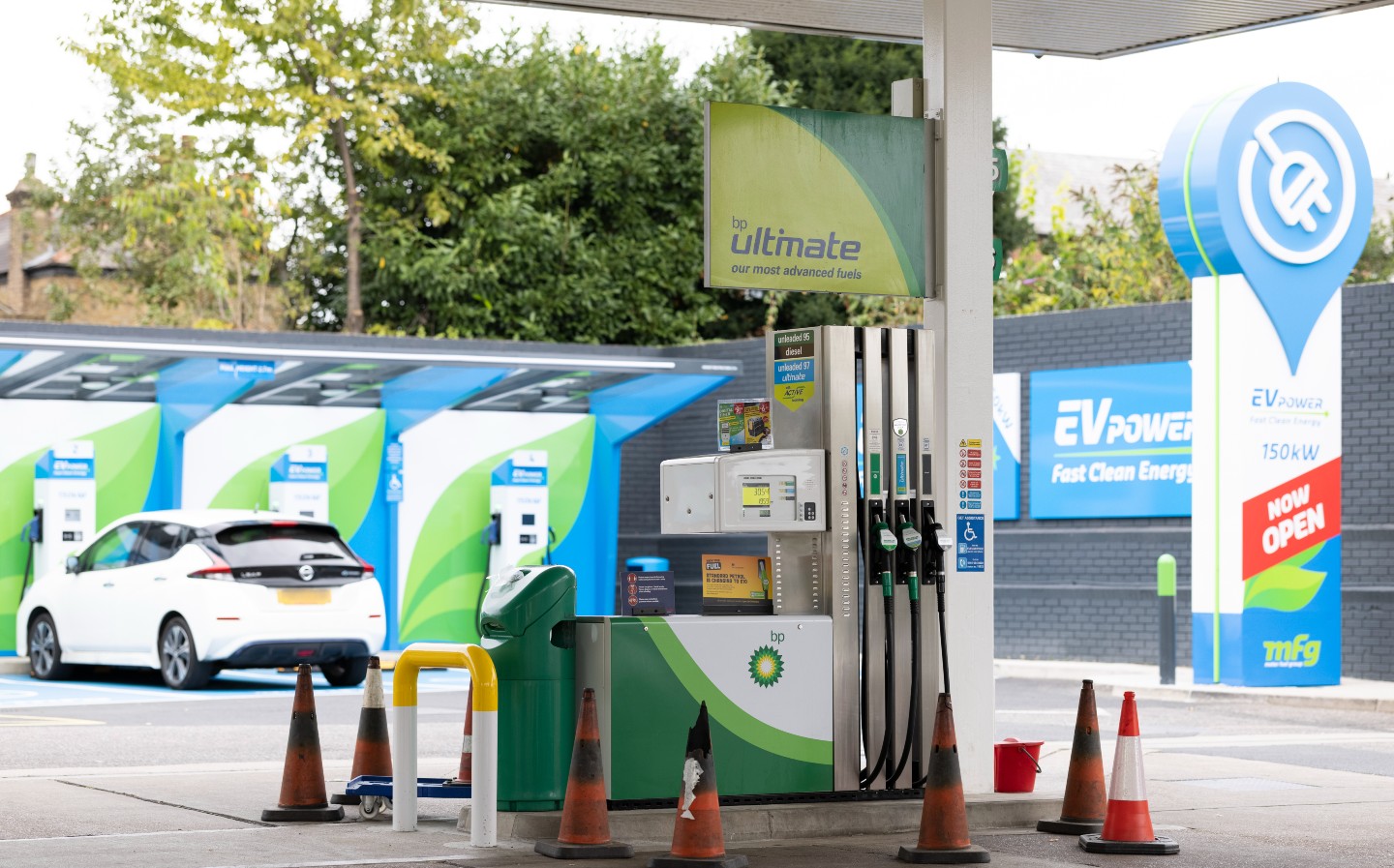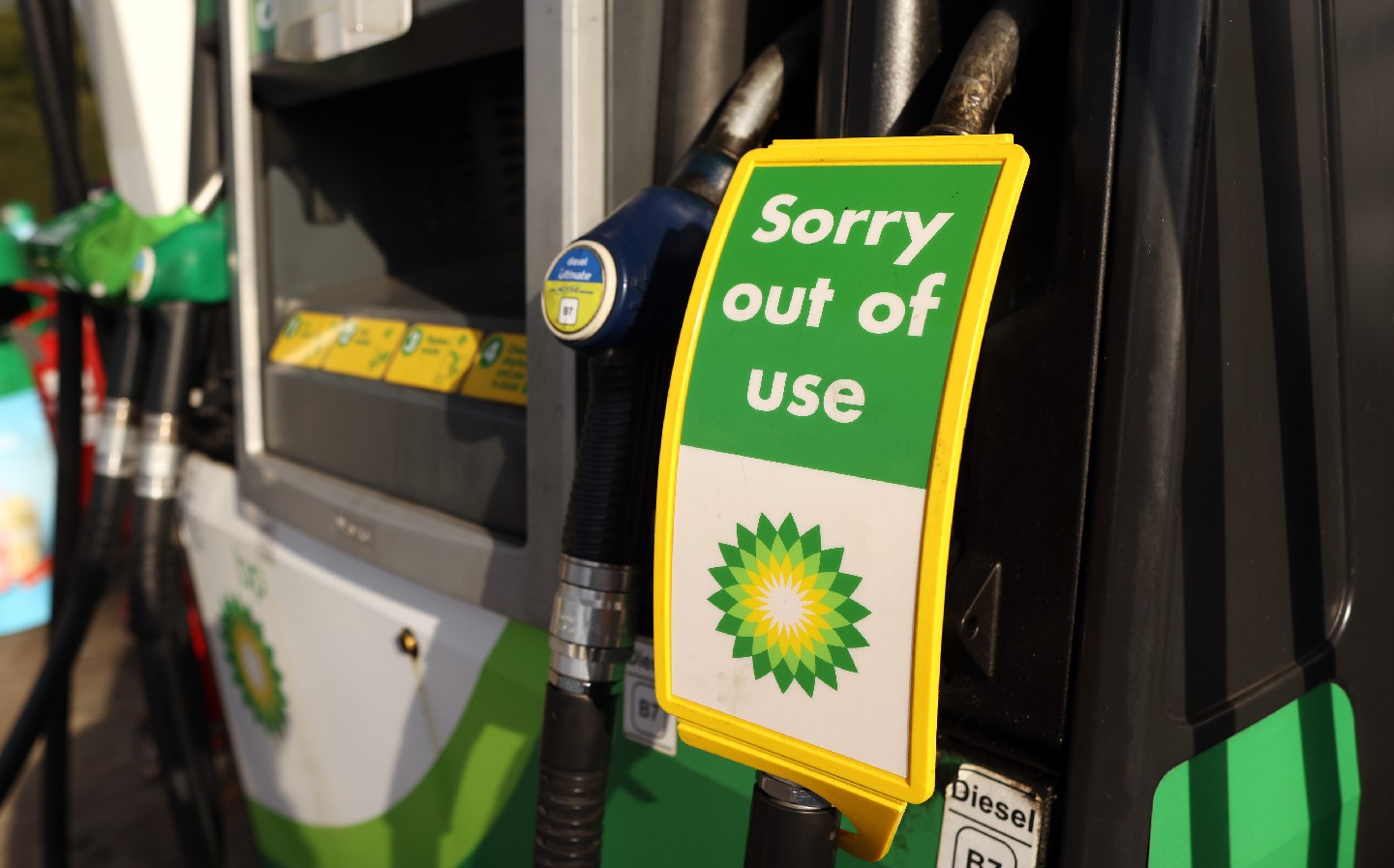Petrol shortage: Fuel levels back to normal as panic appears to be over
Fuel prices are reaching record levels, however
THE PETROL shortage crisis appears to be over with fuel sales having fallen by two thirds and filling station tank levels having returned to normal levels.
Figures released by the Department for Business, Energy and Industrial Strategy show that last Sunday (October 17) storage tanks at filling stations were, on average, between 42% and 45% full — their highest levels since May.
London and the southeast of England, areas that saw the worst panic-buying, were the slowest regions to recover but fuel stocks have now returned to normal levels in those places, in line with the rest of Britain.
The overall situation has seemingly resolved itself with daily sales down from that 35,900-litre-per-day high to around 11,800 litres per day last Sunday.
A shortage of tanker drivers led to a handful of stations, mostly in the south of England, running dry. That ballooned into a nationwide crisis after the Transport Secretary Grant Shapps announced on September 24 that there wasn’t a fuel shortage, and that drivers should not panic-buy.
Fuel sales increased by 80% due in the following days, which led to many more stations running out of fuel — a situation that prompted calls from the government and the AA for calm, and for people to only buy fuel as needed.

Their pleas, published by many media outlets, went unheeded and fuel stock levels were soon running at around 15% as people queued for petrol. As panic set in, some drivers were photographed filling water bottles with fuel and brawling on forecourts.
People in dire need of petrol and diesel, such as key workers, carers and taxi drivers, were left without due to the panic-induced queues and subsequent shortages.
Fuel sales reached a daily average of 35,900 litres per filling station as the government initiated Operation Escalin, a plan developed during preparations for a no-deal Brexit, using army drivers to help deliver fuel from refineries to filling stations.
HGV driver shortage continues
Despite the immediate crisis having now passed, there still remains an underlying shortage of tanker drivers in the UK as part of the wider national and Europe-wide shortage of HGV drivers.
To help ease the fuel supply situation, the government granted an extension to truck drivers’ ADR licences, which allow drivers to transport dangerous goods such as fuel. Licences due to expire between September 27 and December 31 will be extended until January 31, 2022, without refresher training or exams.
The Business Secretary Kwasi Kwarteng also announced a relaxation of competition laws with fuel companies temporarily excluded from the Competition Act 1998, allowing them to share information and optimise supply.
The government aimed to recruit an additional 4,700 HGV drivers and 300 tanker drivers from abroad in the run-up to Christmas to help mitigate the UK’s shortfall of 75,000, with short term visas valid until Christmas Eve or next March. However, by October 5 just 127 foreign drivers having applied to work in Britain, the Prime Minister admitted.
Experts called into the question the viability of the government’s plan. Rod McKenzie, director of policy at the Road Haulage Association said: “People don’t want to come unless it is a really attractive alternative. You don’t give up a well-paid job for a better-paid job if it will only last a few months.”
The association said the relaxation of visa rules “barely scratches the surface” when it came to tackling the wider HGV driver shortage; the British Chamber of Commerce likened the scheme to “throwing a thimble of water onto a bonfire.”
Operation Escalin, though ongoing, is expected to wind down shortly.
Fuel price hikes
After contending with the supply crisis, motorists are now dealing with another forecourt fiasco — all-time-high petrol prices.
Fuel prices hit a record 142p and 148p per litre for petrol and diesel respectively in April 2012 and, according to the Petrol Retailers Association (PRA) — a body representing 5,500 independent filling stations nationally— prices are expected to exceed that by the end of October. On Tuesday the average price of petrol hit 141.35p per litre.
Although the PRA blames the rising price of oil that has, this week, reached a three-year-high of $85 a barrel, the AA is placing at least some of the blame on stations themselves.
Luke Bosdet, a spokesperson for the AA, said petrol stations’ margins had grown, prices were “now rising faster than they should” and retailers had failed to pass on savings to customers following the collapse in oil prices in the spring of 2020.
Although a spokesperson for the RAC, Simon Williams, agreed with the PRA that price hikes were mostly as a result of the currently high cost of crude oil, he also said that retailers were “taking a bigger cut on petrol than they normally do at around 8p a litre, which is a further blow to drivers.”
Tweet to @ST_Driving Follow @ST_Driving
- After reading about the petrol shortage: Fuel levels back to normal as panic appears to be over, you might be interested to know that Brexit and and Covid are blamed for shortage of 76,000 HGV drivers
- Find out about temporary changes to working hours for HGV drivers
- Watch a child cyclist show appreciation to a HGV driver after he demonstrates how to overtake





